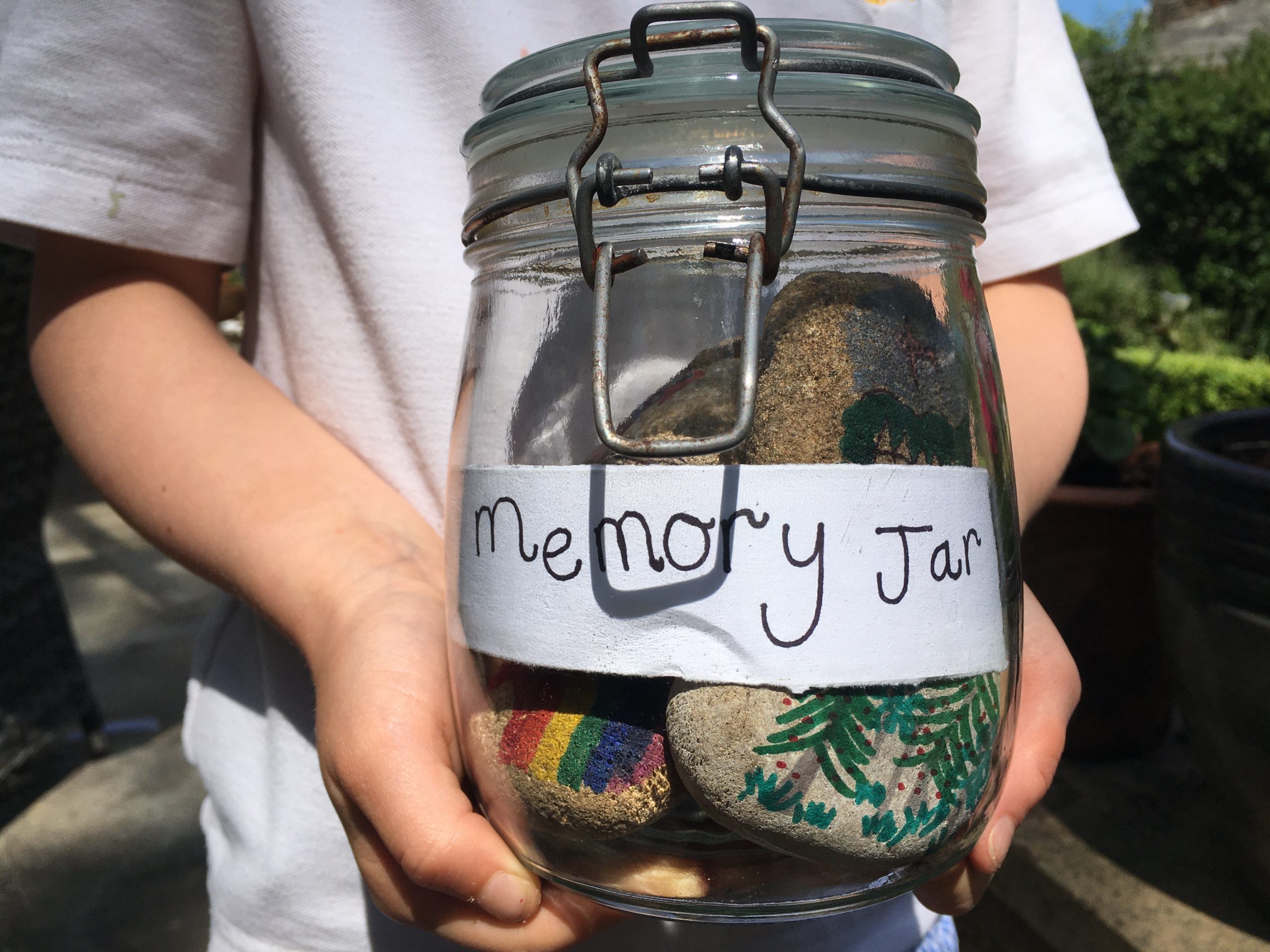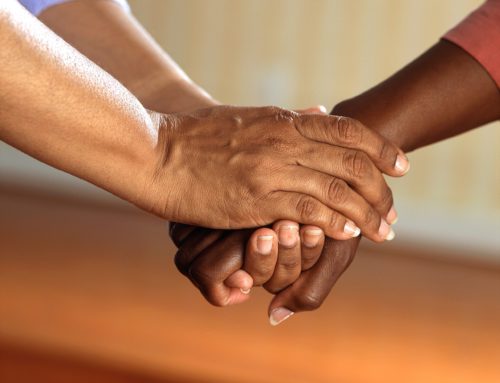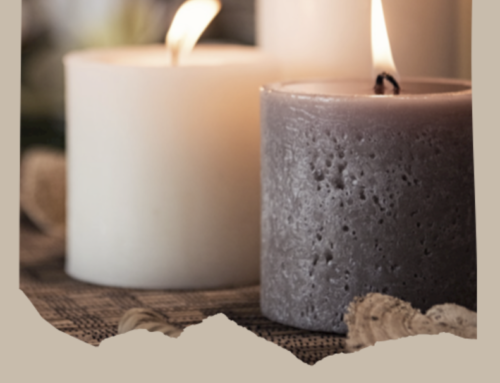Grief is often described as a journey, although for many people it doesn’t have a clear start and end point. Continuing bonds is one way of dealing with that journey.
Everyone grieves in different ways and many theories have been developed about the grieving process. In this guest article Sarah Jones, Founder of Full Circle Funerals writes that, in her experience, many people find the theory of continuing bonds particularly helpful.
What is “Continuing Bonds” theory?
Put simply, continuing bonds theory states that when someone dies, our relationship with them doesn’t end, but it changes. The relationship may continue to be very strong, but we need to find a different way of relating to that person, and their memory. Developing continuing bonds can help people find ways to adjust while staying connected.
How can Continuing Bonds help?
Finding ways to stay connected can be therapeutic in its own right. You may explore ideas individually, as a group or family, or in many different ways. Some people find that bonds develop naturally and with ease, others find it helpful to engage in activities and rituals which support their development or maintain them over time.
Maintaining connection might be very private and could be something as simple as keeping a photograph in a special place or a piece of clothing or jewellery to remember the person by. Some people have a lock of hair, or item of jewellery impressed with the fingerprint of someone who has died. This is a truly personal item which many people find very helpful and consoling.
Time for reflection
Special spaces and places can be used as a way of continuing your bond with someone who has died. There might be a quiet part of the house where you can sit and reflect, perhaps with a drawer nearby where you keep a meaningful piece of jewellery or clothing to hold as you sit and think about the person. There may be a bench in the garden or in the park where you can enjoy the view and watch the world go by.
You might decide that you would like a memorial tree in a woodland, a memorial birdbath in the garden or place some ashes in a small keepsake which you can hold in the palm of your hand.
Using words
Some people find it helpful to write a letter to the person who has died, or to find a quiet place where they can go and have a chat. It can also be helpful to put your feelings into words, writing down how you feel, or perhaps questions that you would like to ask yourself or the person who has died.
Maintaining a connection to someone also happens when you talk about them, share memories with someone, bake a recipe they loved or listen to a piece of music they enjoyed.
Is it unhelpful to dwell on the past?
People often worry that they should try and move on with their lives rather than dwelling on the past. Grief is often described as a linear process, which ends with acceptance or closure. In our experience, we have found that the process of redefining your relationship after loss is hugely positive.
Continuing a bond in a unique and personal way is natural, normal and can be incredibly helpful. It is not something to be ashamed of and it does not immediately mean that you are “stuck”. In fact, it is an important part of the grief process and maintains a natural attachment and bond which can continue even after death, just in a different way.
You may be interested in reading more about this topic and exploring some ideas and activities for Continuing Bonds. See Full Circle Funerals for more details.
Individual and group activities
You may decide to create some continuing bonds as a family or group. This could involve writing a song for the person who has died and performing it at special events, such as birthdays and anniversaries. You might agree a date each year to get together for a special walk in a location that was meaningful to the person who died.
If a memorial stone is placed somewhere, or ashes have been interred or scattered, then you might choose to visit that place. Alternatively, at Full Circle Funerals, we have supported people to place a memorial bench in places of significance. These are often beautiful and restful places and the bench might include an inscription, if you like.
On a personal level, you might find it helpful to use creativity make a connection. This might be a piece of art that you create as a way of expressing emotion and then hang on the wall in your home. It could be a rose that you plant in the garden that blooms every year and brings joy.
This is a guest article, republished on the Settld website. The original article appears here.





